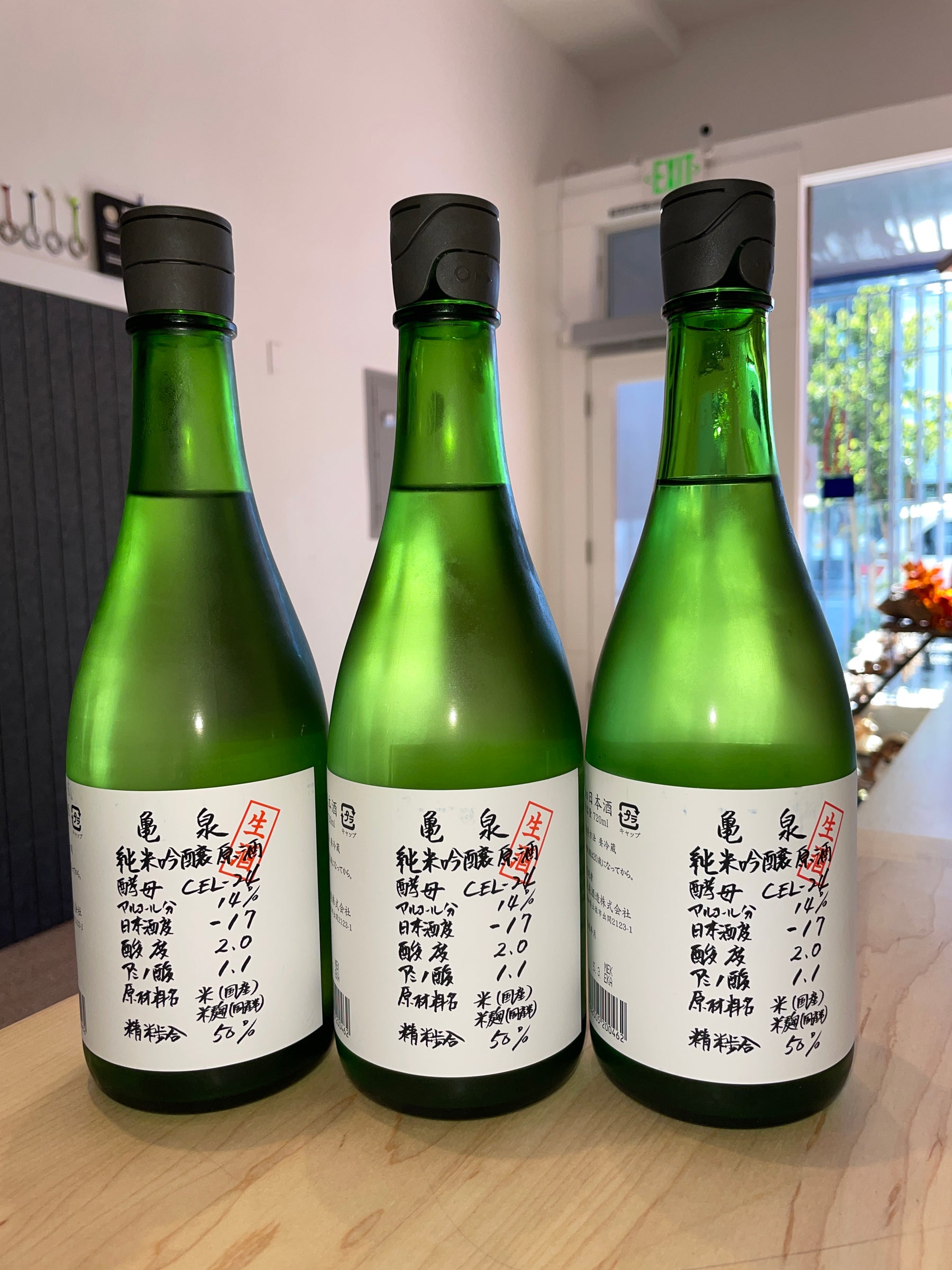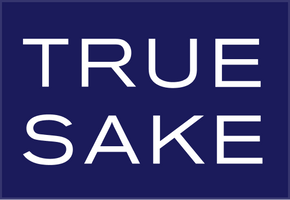
Chris’ Sake Corner – CEL 24 and Digressions!
Greetings Sake Fans and Connoisseurs,
Chris here, back at it with another True Sake Newsletter column. This time around, I'm gonna get nerdy. Maybe too nerdy. I might have already lost you, and I apologize in advance. We've been getting a lot of questions about, "Who imports this sake?" I am not the gatekeeper of trade secrets. This information is readily available if you know how to surf the web. Importers and distributors also

put their info on the back labels. Which is why I tell all my customers, "If you like a particular sake that you had a restaurant, take a photo of BOTH the front label and the back label. If you purchased a glass, ask your server to see the bottle." This will give me all the info needed to search for your elusive bottle. This is your public service announcement.
What about when your front label is a back label though? One of my favorite labels in the shop is from Kameizumi Shuzo's Cel 24, a back label that also serve as front label.

We got excited when Sumi-san from NA Sales showed up with a new Cel 24 yeast brew from Tosa Brewery, makers of Keigetsu. Similar to the Kameizumi version, but pasteurized and priced at 26 bucks. Polished to 50 percent, this is a fantastic Junmai Daiginjo worth bringing to any sushi bar or special omakase evening. Ahhhhh, the humbly efficient and totally OK milling ratio of 50. Remember the days when that was totally fine? Dassai has trained the newer drinker to seek out lower numbers because it's "the best", which is not exactly true, since the word "best" is subjective. The other day, I had a customer consulting with his sake expert friend via text message about which sakes to buy. We were staffed and available by the way, but I digress. After I finished my diatribe of "lower seimaibuai does not mean it's the best", this person then read a new text from his sake somm pal that, "the lower the number the better." Well shoot, what do I know? I have people wondering why every brewery doesn't put their polishing ratio on the front label like Dassai does. That's because seimaibuai is not the end-all-be-all of sake making. There are so many variables that go into a great sake. But I digress, again!
OK, that's enough digressions! I had one idea of how this column was gonna go, and it did a complete u-turn because of digressions. Speaking of u-turns, if you're ever biking down Valencia in the Mission, watch out for those cars making illegal u-turns! Who were the geniuses that though a bicycle lane in the middle of Valencia was a good idea? This is not the Netherlands. This is not Tokyo! Ahhhh, but I digress, one more time!
See you next month!
Chris
*excerpts from Nancy Matsumoto and Michael Tremblay's "Exploring the World of Japanese Craft Sake" have been used in this particular column.
